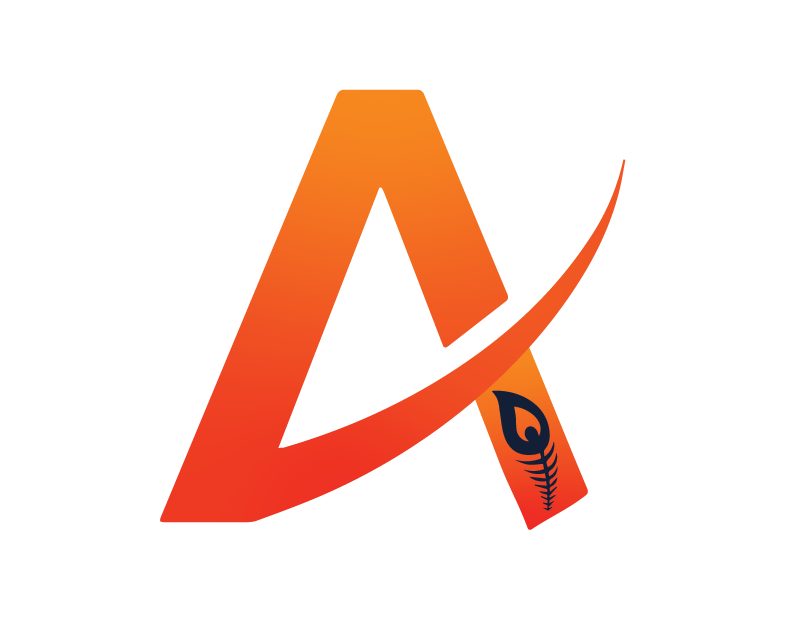Achieving higher rankings on search engines requires a structured approach that focuses on content optimization, technical improvements, and link building. A well-executed 6 month SEO plan helps businesses gain organic traffic, improve search rankings, and enhance online visibility.
This blog outlines a step-by-step 6 month SEO plan to ensure your website ranks higher on search engines like Google.
6 Month SEO Plan Breakdown
| Month | Key SEO Activities |
| Month 1: Website Analysis & Keyword Research | Conduct website analysis, perform competitor research, identify high-ranking keywords, and set optimized meta titles & descriptions. |
| Month 2: On-Page Optimization & Off-Page SEO | Optimize all pages’ meta titles & descriptions, track webpage performance, and start link building & guest blogging. |
| Month 3: Blogging & Referring Domains | Use blogging strategies to drive traffic and focus on increasing referring domains to boost website authority. |
| Month 4: Performance Tracking & Adjustments | Monitor website and keyword performance via Google Analytics & Search Console, making necessary optimizations. |
| Month 5: Engagement & Conversion Optimization | Analyze bounce rate, user engagement, and conversion rates. Identify weak areas and refine content based on real-time data. |
| Month 6: Content Expansion & Authority Building | Implement advanced SEO techniques, enhance content quality, and create sustainable rankings. |
Month 1: Website Analysis & Keyword Research
The first month of the 6 month SEO plan focuses on analyzing website performance and researching high-ranking keywords.
- Conduct a website audit to identify technical issues like broken links, duplicate content, and page speed problems.
- Analyze competitors’ strategies to find content gaps and ranking opportunities.
- Perform keyword research using Google Keyword Planner, Ahrefs, or SEMrush to target relevant, high-traffic keywords.
- Set optimized meta titles & descriptions based on keyword research to improve on-page SEO.
Month 2: On-Page Optimization & Off-Page SEO
In the second month, focus on optimizing all pages and beginning off-page SEO activities.
- Optimize meta titles & descriptions across all website pages for better search engine visibility.
- Track webpage performance using Google Search Console and make adjustments as needed.
- Start link-building activities like guest blogging, directory submissions, and outreach for high-quality backlinks.
- Focus on brand awareness by promoting content on social media and forums.
Month 3: Blogging & Referring Domains
To drive more organic traffic, the third month of the 6 month SEO plan emphasizes content marketing and authority building.
- Create and publish SEO-optimized blog posts targeting long-tail keywords.
- Use internal linking to connect relevant blog posts and improve site structure.
- Increase referring domains by acquiring high-quality backlinks from authoritative sources.
- Collaborate with influencers or industry experts for guest posting and link exchanges.
Month 4: Performance Tracking & Adjustments
By the fourth month, it’s essential to analyze performance and fine-tune the strategy.
- Use Google Analytics & Search Console to track website and keyword performance.
- Identify pages with low engagement and optimize them with better content and keywords.
- Make necessary changes to content structure, internal linking, and metadata based on performance data.
- Improve user experience (UX) by ensuring fast loading speeds and mobile responsiveness.
Month 5: Engagement & Conversion Optimization
The fifth month is about enhancing user engagement, reducing bounce rates, and boosting conversions.
- Analyze bounce rate, engagement, and conversion rates to identify weak areas.
- Refine content and layout to improve user retention and readability.
- Update outdated content to maintain relevance and freshness.
- Optimize CTAs (Call-to-Actions) for higher conversion rates.
Month 6: Content Expansion & Authority Building
The final month of the 6 month SEO plan focuses on scaling content efforts and strengthening brand authority for long-term organic growth.
- Develop an advanced content strategy by creating pillar pages, topic clusters, and evergreen content.
- Pillar Pages:
- Create comprehensive, long-form content.
- Link related articles for strong internal linking.
- Target high-traffic keywords.
- Topic Clusters:
- Cover subtopics related to pillar pages.
- Interlink cluster content for better SEO.
- Use structured data for improved visibility.
- Launch a content repurposing plan—convert blogs into infographics, videos, and podcasts for wider audience reach.
- Leverage AI and automation tools for keyword tracking, content generation, and user experience improvements.
- Implement local SEO strategies by optimizing Google My Business, building citations, and encouraging customer reviews.
- Optimize for E-E-A-T (Experience, Expertise, Authoritativeness, and Trustworthiness) by improving author bios, adding credible sources, and enhancing website security.
Conclusion
A well-structured 6-month SEO plan is essential for sustainable website growth, improved search rankings, and higher organic traffic. By focusing on keyword research, on-page and off-page SEO, content optimization, and performance tracking, your website can achieve long-term visibility. Stay consistent, analyse results, and refine strategies to maintain success. Start implementing this plan today and watch your website thrive in search engine rankings! Connect with us to get a customized webpage ranking plan as per your website requirements.


